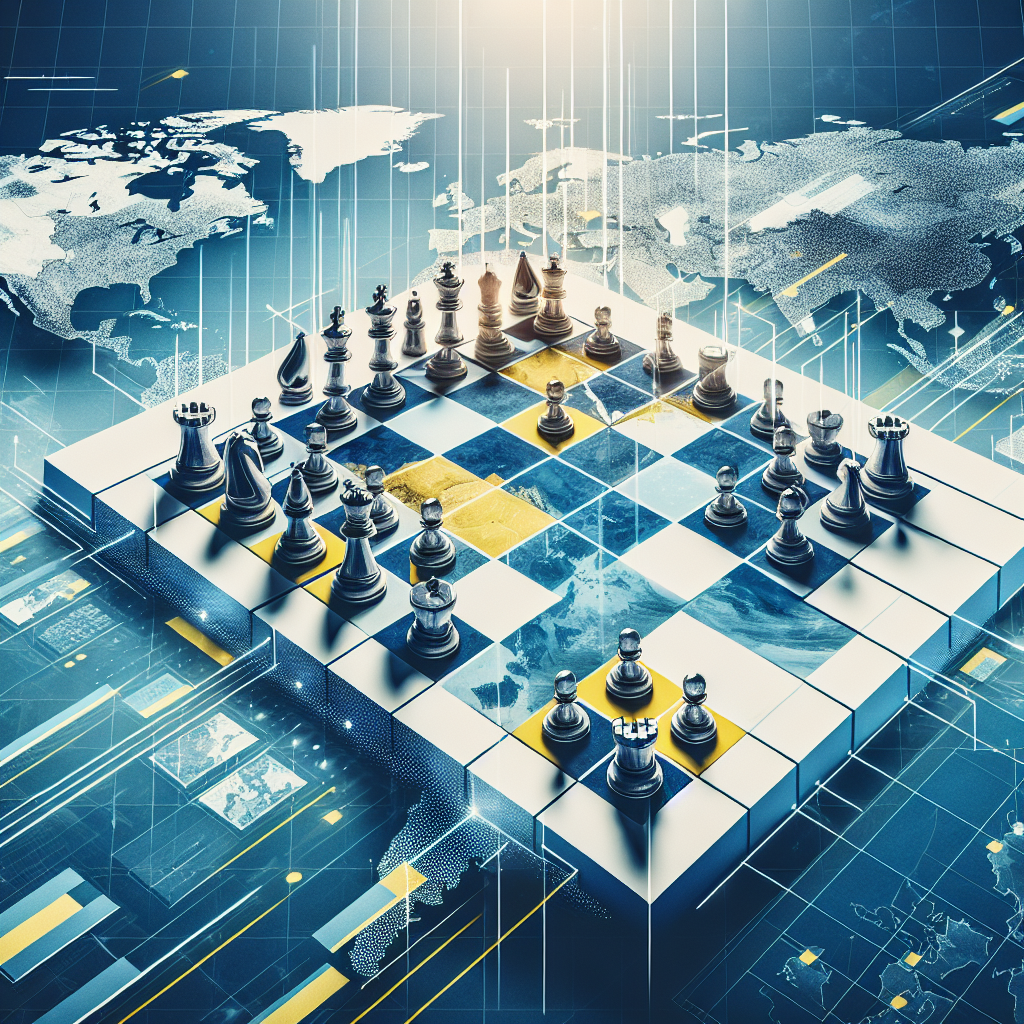Ukraine War Takes Unexpected Turn as New Alliances Shift the Balance of Power
As the Ukraine war enters its third year, the conflict has taken an unexpected turn, reshaping alliances and altering the dynamics of power in Eastern Europe. While the world remains fixated on the frontline battles, recent developments suggest that the geopolitical landscape is shifting beneath our feet. From new military partnerships to changing strategies, the war in Ukraine is evolving in ways that could have far-reaching consequences not only for the region but for global politics as well.
New Military Alliances Emerge
In recent months, several countries have stepped up their military support for Ukraine, solidifying alliances that were previously considered unlikely. Notably, nations such as Sweden and Finland, both historically neutral, have joined NATO’s Enhanced Forward Presence (eFP) program, solidifying their commitment to collective defense in the face of Russian aggression. This shift not only strengthens NATO’s eastern flank but also sends a clear message to Moscow: the collective resolve of European nations is growing stronger.
Moreover, unexpected partnerships are forming outside of traditional alliances. For instance, Ukraine has recently deepened military ties with several African nations, exchanging intelligence and tactical training. These alliances serve multiple purposes; they provide Ukraine with additional resources and support while allowing these African nations to enhance their own military capabilities. This new diplomatic front demonstrates that the Ukraine war is not just a regional conflict but a global issue with multiple stakeholders.
Technological Innovations and Warfare
As the war drags on, technological advancements are playing an increasingly significant role on both sides of the conflict. Ukraine has become a testing ground for the latest military technologies, including drones and cyber warfare tactics. The integration of autonomous drones in combat has changed the nature of warfare, allowing for more precise targeting and reduced risk to human life. With the introduction of advanced systems like the Switchblade 600 loitering munition, Ukrainian forces can strike high-value targets with increased efficiency.
On the other side, Russia has reportedly been investing in counter-drone technologies and advanced electronic warfare systems. The use of artificial intelligence in military operations has become a crucial factor, with both sides seeking to outsmart one another. The race for technological superiority is escalating, and it’s not just about who has the better weapons; it’s also about who can better integrate these technologies into their military strategies.
Economic Implications of the War
The ongoing conflict has had significant economic repercussions, not just for Ukraine and Russia, but for global markets as well. The war has disrupted supply chains, particularly in the grain and energy sectors, leading to skyrocketing prices and inflation worldwide. As Ukraine is one of the world's largest grain producers, the blockade of its ports has had a cascading effect on food security in many nations, particularly those in Africa and the Middle East.
In response to these challenges, Western nations have begun to explore alternative sourcing options, with some countries ramping up agricultural production to offset losses from Ukraine. Additionally, the European Union has initiated a push to diversify its energy supply, aiming to reduce dependence on Russian gas. The long-term economic implications of these shifts could redefine trade relationships across continents, leading to a more multipolar economic landscape.
The Human Element: Impact on Civilians
As military strategies evolve and alliances shift, the human cost of the war continues to mount. Civilians remain the most affected by the ongoing conflict, facing displacement, loss of life, and constant uncertainty. Recent reports indicate that over 7 million Ukrainians have been displaced internally, while millions more have sought refuge in neighboring countries. The humanitarian crisis is exacerbated by the harsh winter months, which have posed additional challenges for those without adequate shelter or resources.
International organizations and NGOs have ramped up efforts to provide aid, but the scale of the crisis is overwhelming. The spotlight on civilian suffering has prompted renewed calls for diplomatic solutions to the conflict, making it increasingly clear that military victories alone cannot resolve the deep-seated issues at play. As the world watches, the plight of the Ukrainian people serves as a sobering reminder of the war’s profound human cost.
In conclusion, the Ukraine war is not just a battle for territory; it is a complex interplay of military, technological, economic, and humanitarian factors that are continually evolving. As new alliances form and the balance of power shifts, it will be crucial for the international community to engage in meaningful dialogue and action to address the myriad challenges arising from this ongoing conflict. The outcome of this war could set precedents for future global conflicts, making it essential to keep a keen eye on its developments.

No comments yet. Be the first to comment!